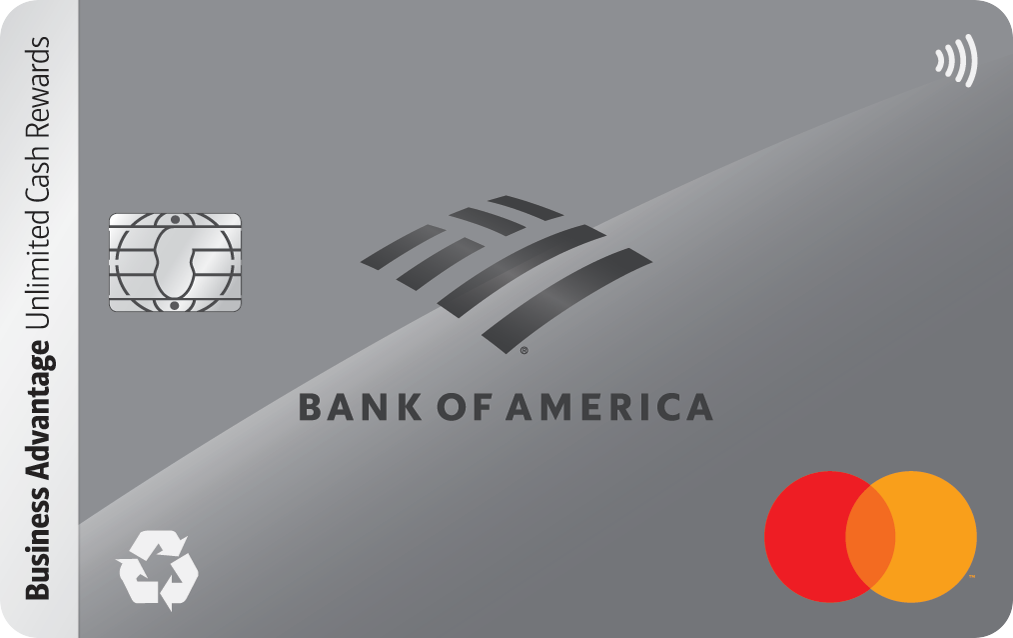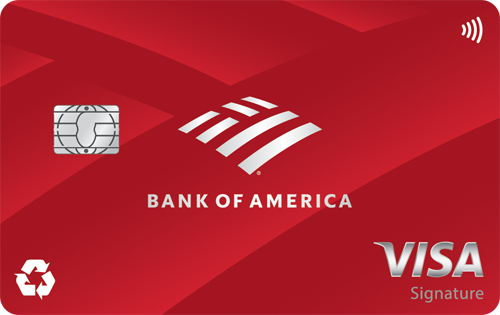3 Places You Should Never Keep Your Emergency Savings Fund

Image source: Getty Images
Where you put your money can matter almost as much as how much you have. And when it comes to your emergency savings, the cash you'll need if your car breaks down or your job suddenly disappears, putting it in the wrong place can quietly undo years of smart saving.
You might think, "It's my emergency fund. I'll just keep it where it's easy to grab." But that convenience can cost you -- literally. Here's where not to stash that rainy-day cash.
1. Your checking account
I get it: You want your money close. But keeping thousands of dollars in your checking account is like parking your car on the street with the keys in it. Sure, it's convenient, but you're giving up safety and performance.
Most checking accounts usually pay 0.01% interest or less. Inflation, even at modest levels, eats away at your purchasing power year after year. And because checking accounts are where you spend from, that "emergency fund" tends to shrink with every casual swipe of the debit card.
Better option: Move it into a high-yield savings account (HYSA). The best ones today pay over 4.00% APY and are still FDIC-insured and fully liquid. It's the same accessibility, just with actual earning power. Check out some of today's best options here.
2. Long-term investments
Your emergency fund should never live in the stock market. Period.
I know, "The market always goes up long term." Sure, but what if your "long term" ends next Tuesday when your transmission dies or you get laid off? It takes time to process stock sales and you might need access to your cash immediately.
When you're forced to sell before you're ready, you can lock in losses and potentially ruin your financial stability. The point of an emergency fund isn't long-term growth, it's guaranteed availability.
3. Cash under your mattress (or in a safe)
We all have that one skeptical friend who always has pockets full of cash. But that physical cash comes with three big problems:
- It earns zero interest.
- It's not insured by the FDIC.
- It's vulnerable to theft, fire, or even simple forgetfulness.
The peace of mind of "having it right there" doesn't outweigh the risk. And in an actual emergency, you'll probably need digital funds anyway -- rent payments, medical bills, car repairs -- things that require a card or transfer.
Better option: Keep a small amount (maybe $200-$500) in actual cash for short-term, immediate needs, but store the rest in an online high-yield savings account where it's safe and earning steady interest.
Keep your safety net strong
An emergency fund isn't about chasing returns; it's about protection and flexibility. The best place for that money is somewhere safe, insured, and earning a competitive yield.
If your emergency savings are still sitting idle, it's time to move them somewhere they'll finally pull their weight.
Our Research Expert



